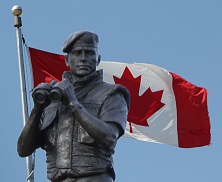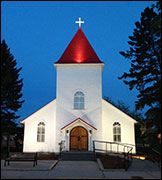True and Fascinating Canadian History
The 140TH Anniversary Of Canada's National Police Force
1873 - 2013
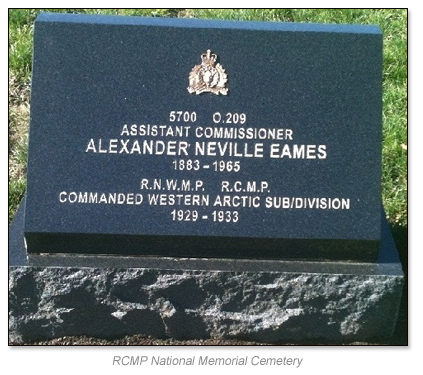
HEED!
Stop! Stop in the name of the Lore! I insist. Please advance no further!
The area designated as Fort Healy is restricted space. You should not have gained entry into this segment of the website. The security values were purposely set very high to discourage anyone from approaching the Fort.
Obey the lore. In the name of the lore, I insist, turn around and go back!
FORT HEALY
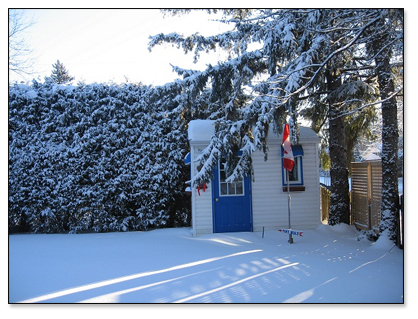
Since its earliest days in 1873, myths and mysteries have abounded about the North West Mounted Police (NWMP). Today, there are as many mysteries around and under Fort Healy as there were members in the NWMP.
Scholars and historians have not yet reached a clear concensus on the age of Fort Healy. The principle wall structures of the edifice and its footings are ipe (hardwood) and these sit on a bed of chipped sandstone on top of a granite base. These designs are the sure characteristics one would expect in the construction of a fort in the early settlements of pioneer western Canada. Wood used for logs likely came from the dense growth of conifers which inhabit the mountain range along Alberta's western fringeland and run south into the American states.
The debate over Fort Healy's age is complicated by the finding of vague markings carved in the Fort's interior walls particularly in the old cell block. On the west wall of the cell is the word 'steale'. Criminologists posit the word is related to a criminal offence which probably was committed by a suspect because horse stealing was rampant in western Canada during that period.
Historians argue the word 'steale' refers to the famous Superintendent Sam Steele who was known to have been an Officer with the early North West Mounted Police (NWMP) in the Territories. Others were quick to point out the incorrect spelling of the word 'steale'. Academics, speaking for the rights of long ago deceased settlers, claim that education simply was not given its rightful priority as Canada pushed its boundaries further west.
Some years ago, a primitive, archaeological dig on the grounds near Fort Healy by school children uncovered some artifacts which seemed to have been deliberately buried in the dirt. These objects may have been once owned by members of the NWMP and perhaps the items were on the Fort's official inventory of assets. One interesting artifact which was uncovered was a collar probably used years ago by the NWMP for the Detachment dog. Interestingly, the collar was stamped very clearly with the words 'Wal Mart'!
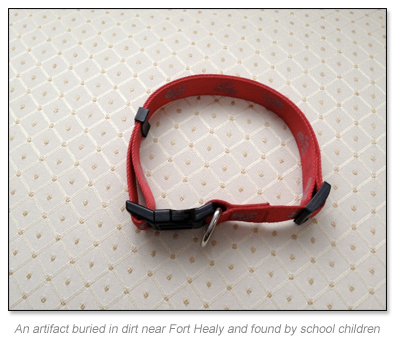
Territorial neighbours who live in proximity to Fort Healy insist the age of Fort Healy is not important. Instead, the majority of people who were interviewed told pollsters that the NWMP should have been allowed to get married and that women should also have been allowed to join the early Force!
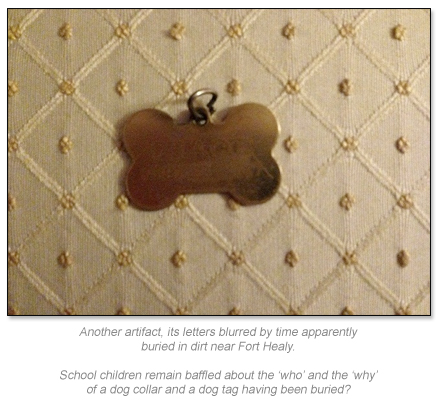
In the very early days of the NWMP, men were brought together from various streams of life. Each person was different; in language, culture, country of origin, religion, occupation or trade or military experience. Some men had influential family connections to political elites. Close ties to the Prime Minister were seen to be advantageous if one wanted an Officer's Commission. Other men such as Sam Steele opted to remain at the non-commissioned level and work his way into the Commissioned ranks.
Ranks aside, I would have expected that, over time, similiarities also became apparent among the men of the NWMP -- afterall, their goal was the same: adventure and to forge the March West. It is clear, from historical accounts that the men faced unimaginable hardships all along the route. But, at nite, after the Guard had been set, the men likely told stories.
And stories of the Force is the raison d'etre for Fort Healy to exist.
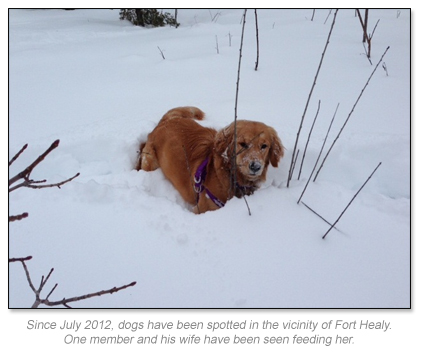
Over time, I will include a brief historical overview about the surname 'Healy' and its historical connection to the Force, beginning with John J. Healy, who was the original owner of a come-together joint called Fort Whoop-Up in the North West Territories, present day Alberta.
It would be very easy to clump John J. Healy in with a whole basket of bad apples, however, he redeemed himself. I am proud to say that eventually Healy left Canada and became a Sheriff in Montana, USA.
Since 1873, many other Healy's joined the Force. Some Healy's hailed from Ireland where the Force pegs part of its early history; it's uniform and the design of the RCMP National Cemetery in Ottawa. In time, stories of them will also be released.
An inspirational list of Healy's who volunteered for World War I is provided & some memorable photos of my Troop -- 'G' Troop 1964/65 are included.
As of 2012, no one in our Troop has passed away!
Reporting from the Fort,
J. J. (Buffalo Joe) Healy
